A graduate of Faculty of Painting of Warsaw Academy of Fine Arts. Publisher and editor-in-chief of “DIK Fagazine”. Creator of “Queer Archives Institute”. Winner of Paszporty “Polityki” award (2009). His works have been exhibited in such institutions as: Zachęta – National Gallery of Art in Warsaw, Museum of Modern Art in Warsaw, Museum of Art in Łódź, Wrocław Contemporary Museum, National Museum in Warsaw, Centre for Contemporary Art Ujazdowski Castle in Warsaw, Kunsthalle Wien, New Museum in New York, Whitechapel Gallery in London, VideoBrasil in Sao Paulo, Cobra Museum in Amsterdam, and the 13th PERFORMA biennale in New York, the 7th Gothenburg Biennale, the 4th Prague Biennale, New York Photo Festival in New York, and the 15th WRO Media Art Biennale.
“Quid est ad aeternitatem?”, 2014
video, 02’10’’
Karol Radziszewski is the author of videos, photographs, interdisciplinary projects, founder and editor-in-chief of DIK Fagazine (www.dikfagazine.com), and creator of the “Queer Archives Institute”. The topic of his works that are diverse and do not allow for simple categorisation is following mainstream restrictions, patterns, and clichés. He is interested in the problem of identity, including sexual identity, freedom and functioning of an individual within a political or social system. In “Quid est ad aeternitatem?” work Karol Radziszewski reads to the camera a letter to which he is the addressee. It is a kind of attempt to convert the artist from the wrong path by showing him true values before it is too late. The author of the letter is deeply “concerned” by the artist’s attitude, his sexual preferences, the quality of his art and its impact on viewers. The author has deep conviction of his own moral superiority referring to “objectively existing God” and ordering the artist to “get a grip”. The crusade led by the author of the letter and his “deep concern” for the fate of the artist and the world, which sound more like condemnation and imperative, are in fact an expression of fear. However, it is not the fear that the author writes about himself but the one that does not allow him to see the artist as an equal subject. It is the fear that does not allow openness and acceptance of views other than his own, closing the author of the letter in the shadow of a poorly transmitted and taught lesson.



